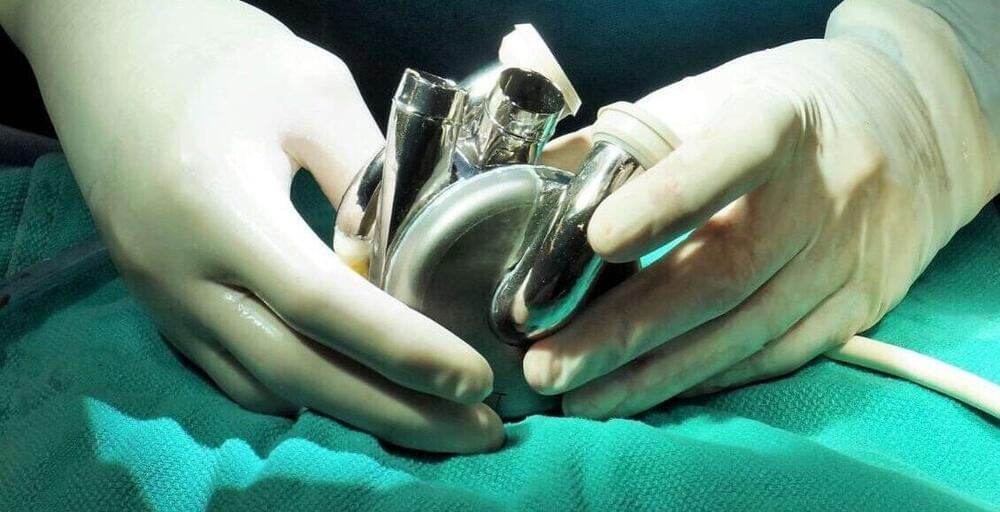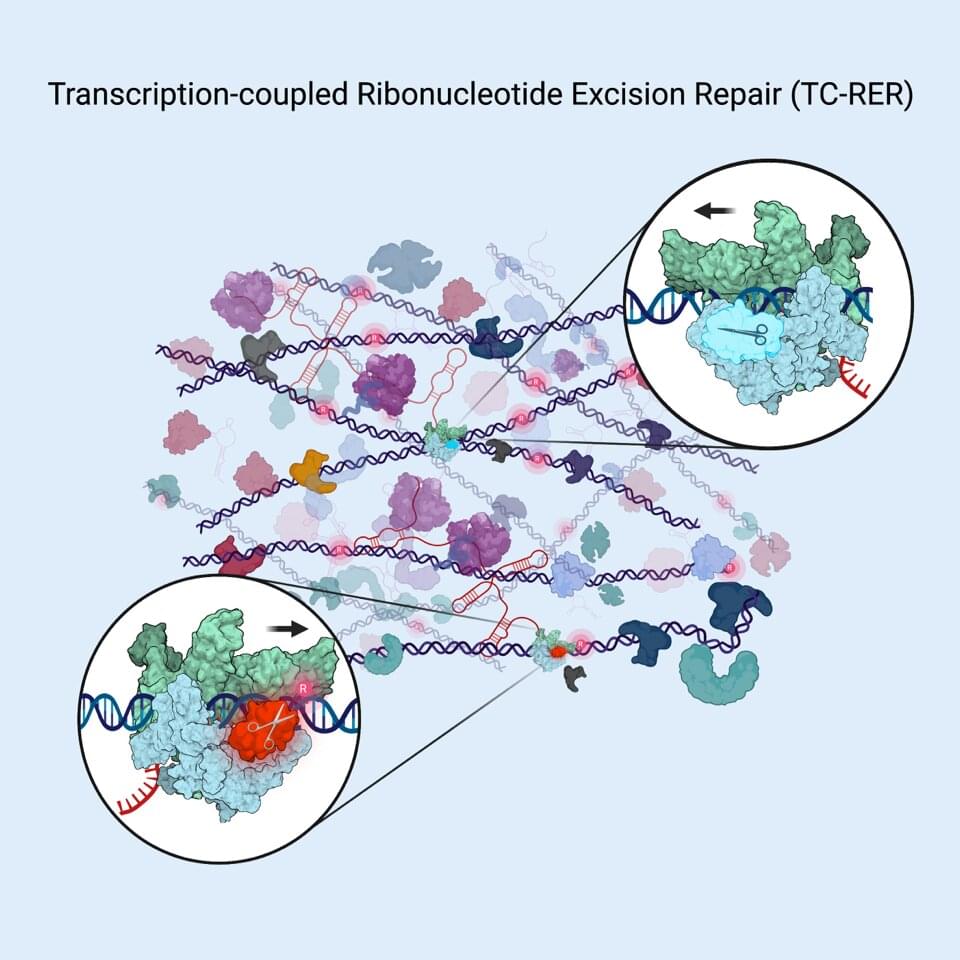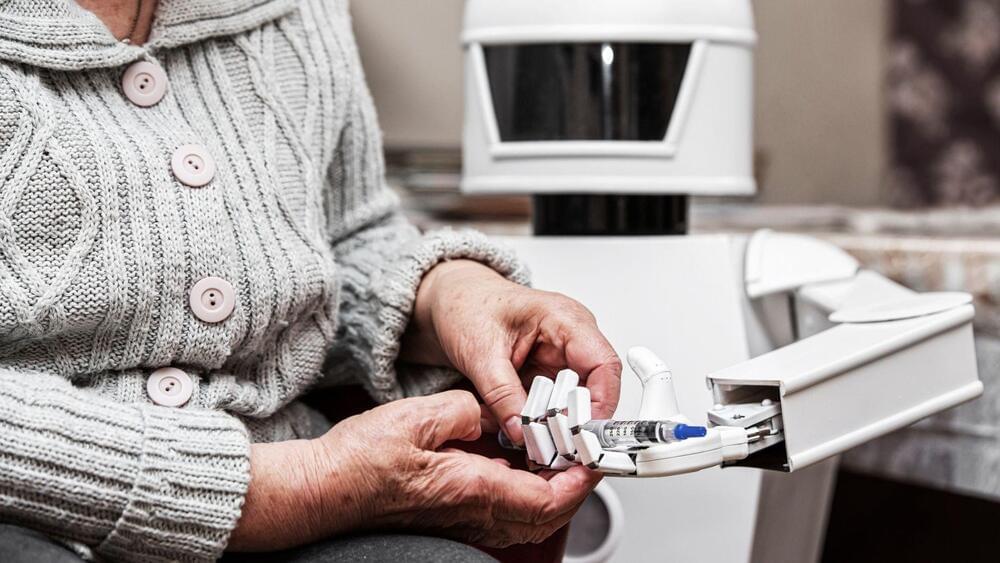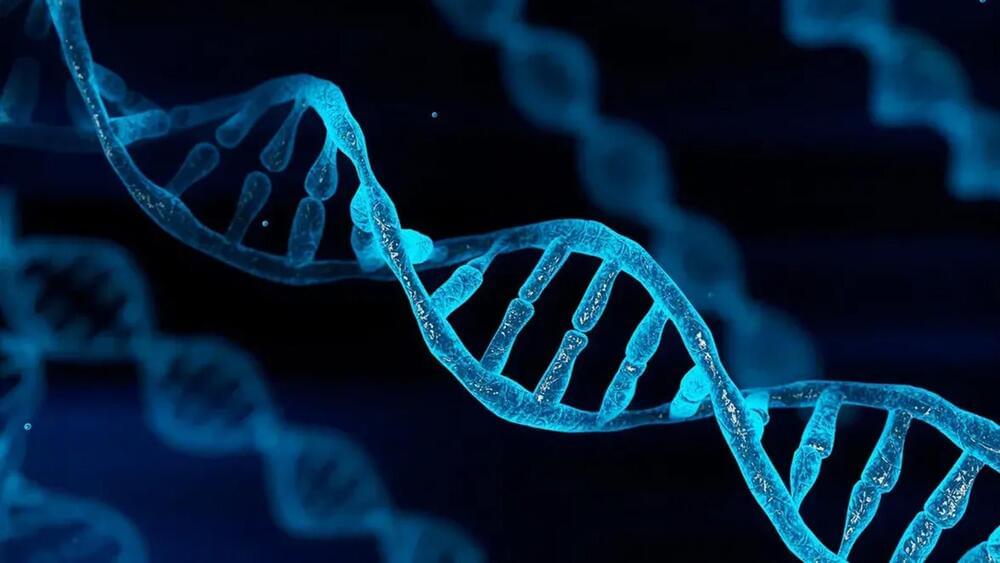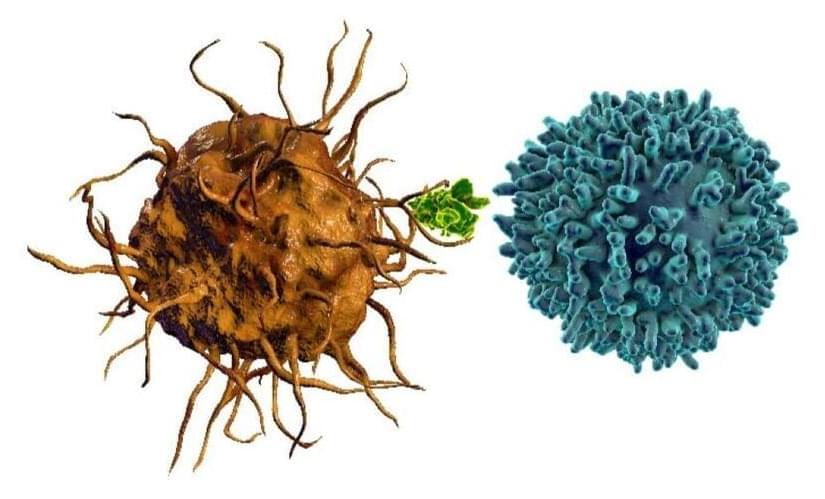Last week, US-Israeli startup SIRTLab announced the appointment of leading geroscience researcher Nir Barzilai as its Chief Medical Adviser. The company is focused on the development of therapeutics that boost levels of a key protein called sirtuin 6 (SIRT6), which is heavily implicated in longevity.
Sirtuins are a group of proteins found in all living organisms, including humans, that play a vital role in regulating various cellular processes. There are seven different types of sirtuins, numbered from SIRT1 to SIRT7, each with its own unique functions. In recent years, SIRT6 has gained particular attention for its potential role in promoting healthy aging, and SIRTLab has put the protein at the center of its work.
Longevity. Technology: The SIRT6 protein has been shown to regulate several critical cellular pathways, including glucose metabolism, DNA repair and inflammation – all of which play key roles in aging and longevity. One of the world’s leading authorities on SIRT6 is SIRTLab co-founder and Bar-Ilan University professor Haim Cohen, whose research is behind the company’s work to develop therapeutics with longevity-boosting potential. To learn more about SIRTLab’s longevity-first approach, we spoke to its co-founder and CEO Boaz Misholi.

